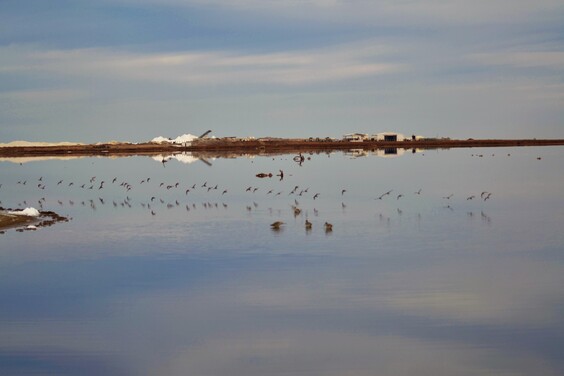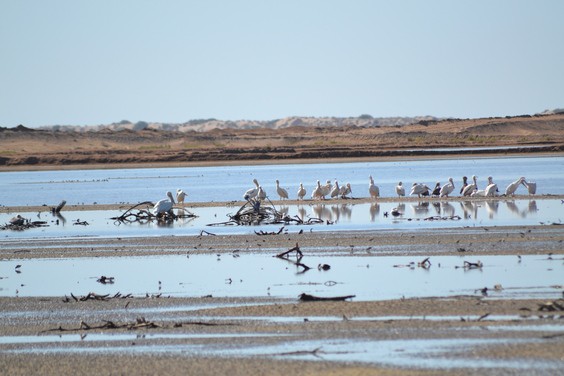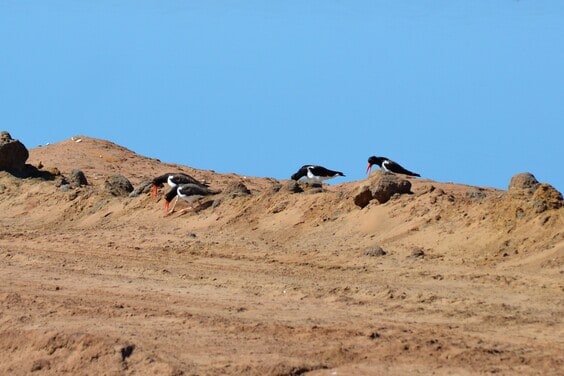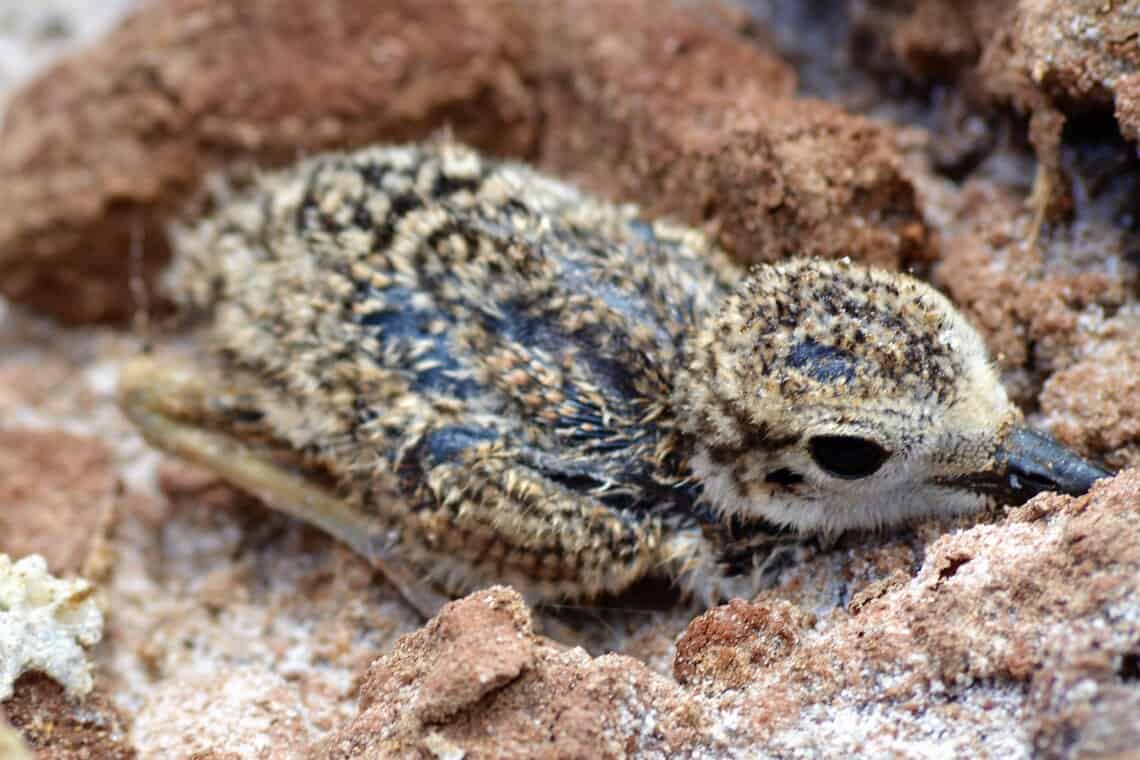By Germán Leyva García and Jaqueline García Hernández, Centro de Investigación en Alimentación y Desarrollo, A.C.
The Bahía Guásimas-Estero Lobos Lagoon Complex is one of the largest coastal wetland systems in northwestern Mexico. It is recognized as a RAMSAR, AICA, and WHSRN site of “regional importance” and is part of the Gulf of California-Sonora Islands Flora and Fauna Protection Area. An important component for these designations is the diversity of waterbirds, which use different habitats in the migratory and breeding seasons. But like all coastal ecosystems, many human disturbances affect the avifauna, derived from increased development and population growth. Habitat loss and fragmentation, input of agricultural and urban wastewater, and alteration in physical and biological cycles are the most important factors impacting the complex.

In the extreme south of the system there is a novel habitat that represents an opportunity for the management of bird populations and their environment. The Salina de Lobos (Salina), a salt harvesting company owned by the Sales del Valle S.A. of C.V. company, has an area of 1,600 ha. and offers migratory birds on along their Pacific route abundant food resources in the various ponds, places for rest, as well as habitat for reproduction on the mudflats and pond edges.
Based on the evidence that the Salina represents an important area for species diversity and abundance, The Food and Development Research Center (CIAD) and Sales del Valle, together with several partners proposed the project “Fostering Actions for Waterbird Habitat Conservation in Sonora, Mexico,” which was funded by the Sonoran Joint Venture Awards program in 2020.

The general objective of the project is to strengthen the capacity of the Salina to implement conservation programs that support waterbird populations. Specific objectives include the training of personnel and the local community for bird monitoring, as well as to characterize waterbird populations and their habitat, the threats present, and propose actions to improve conditions.
To determine the richness and abundance of migratory species, censuses were carried out from October 2020 to February 2021. Reproductive species were monitored from April to July 2021. The results indicate that there are more than 6,000 individuals of 53 species that visit the Salina during the migration months. Shorebirds are the most abundant and diverse group with Western Sandpiper (Calidris mauri), Sanderling (Calidris alba), and Black-necked Stilt (Himantopus mexicanus) the stand outs. Other important groups are seabirds, ducks, and many grebes (family Podicipedidae).

The reproduction of five species was recorded: 34 pairs each of Snowy Plover (Charadrius nivosus) and Wilson’s Plover (Charadrius wilsonia), 8 pairs of Least Tern (Sternula antillarum), 21 pairs of Black-necked Stilts (Himantopus mexicanus), and 3 pairs of American Oystercatcher (Haematopus palliatus). The nests were in 4 main areas and scattered on the edges of the salt pans. Disturbance was identified in the nesting areas, so conservation measures were proposed to improve the habitat. This included the construction of a border that delimits 12.6 ha. of a polygon to protect nests and the construction of mounds to prevent flooding of low-lying areas. The use of nest exclosures is proposed to protect future nests. To raise awareness about the importance of breeding birds among the community of Bahía de Lobos, plans are underway for the first local bird festival, as well as training in bird monitoring for personnel of the Salina and students at the Technological Institute of the Yaqui Valley (ITVY).
Another achievement was the inclusion of the site within established monitoring networks: Migratory Shorebird Project, Snowy Plover Monitoring Network in Mexico, and the Northwest Mexico Marsh Bird Monitoring Network. There was also the opportunity to present a note on the official website of the Hemispheric Shorebird Reserve Network where the project was announced.
Sales del Valle’s willingness to collaborate with these research studies have allowed the first waterbird conservation efforts for this habitat. We appreciate the support of the Sonoran Joint Venture which made it possible to start this project, and we are sure it will be fruitful in the coming years.

